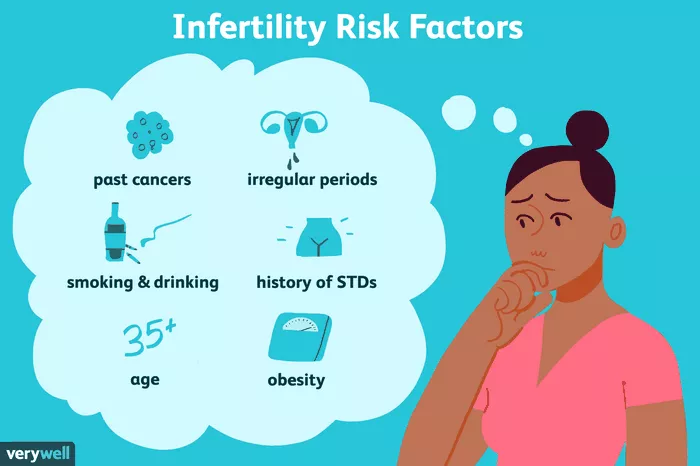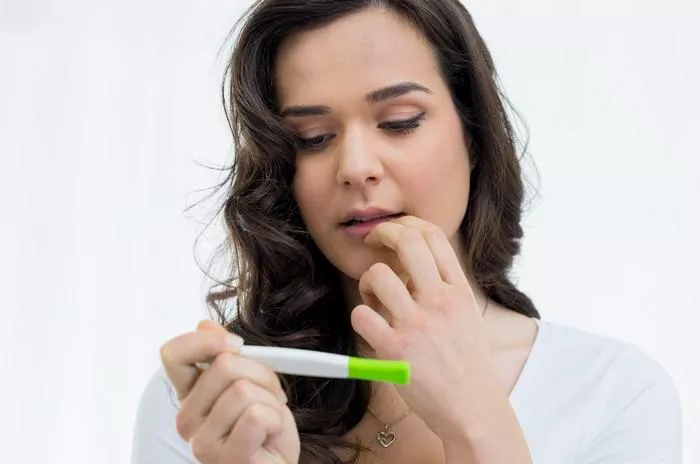Ovulation, a pivotal phase in the menstrual cycle, holds the key to fertility for many women seeking to conceive. Understanding when ovulation occurs and identifying your optimal ovulation time can greatly enhance your chances of successful conception. In this article, we’ll embark on a journey through the intricacies of ovulation, shedding light on the factors that influence its timing and guiding you in identifying your best ovulation time.
The Ovulation Odyssey: Navigating the Menstrual Cycle
Before delving into the specifics of ovulation timing, it’s crucial to grasp the fundamentals of the menstrual cycle. Lasting approximately 28 days on average, the menstrual cycle comprises several phases, including menstruation, the follicular phase, ovulation, and the luteal phase. Ovulation marks the release of a mature egg from the ovary, primed for fertilization by sperm.
Timing Is Key: Pinpointing Ovulation
Determining your best ovulation time involves pinpointing when ovulation occurs within your menstrual cycle. For many women with regular cycles, ovulation typically occurs around the midpoint of the cycle, approximately 14 days before the start of the next menstrual period. However, individual variations in cycle length and ovulation timing are common, making it essential to track menstrual cycles closely.
Signs and Signals: Recognizing Ovulation Symptoms
Several signs and symptoms can indicate the onset of ovulation, providing valuable clues to help identify your best ovulation time. One common indicator is changes in cervical mucus, which becomes clear, slippery, and stretchy in consistency during ovulation, resembling raw egg whites. Additionally, some women may experience mild abdominal cramping or heightened libido around the time of ovulation.
Charting Your Course: Using Ovulation Prediction Methods
Various methods can aid in predicting ovulation and identifying your best ovulation time. One popular approach is tracking basal body temperature (BBT), which typically rises slightly following ovulation due to increased progesterone levels. By recording daily temperature readings upon waking and observing patterns of temperature changes, you can pinpoint the timing of ovulation within your cycle.
Ovulation Predictor Kits: Tools for Precision
Ovulation predictor kits (OPKs) offer another valuable tool for predicting ovulation with precision. These kits detect luteinizing hormone (LH) surges, which precede ovulation by approximately 24 to 36 hours. By monitoring LH levels using urine-based tests, you can anticipate the onset of ovulation and identify your best ovulation time for optimal fertility.
Monitoring Ovulation Symptoms: A Personal Approach
Some women prefer to rely on their body’s natural signals and symptoms to gauge ovulation timing. By paying close attention to changes in cervical mucus, abdominal discomfort, and other subtle cues, you can develop an intuitive understanding of your menstrual cycle and identify patterns indicative of ovulation.
Seeking Support: Consulting Fertility Specialists
For individuals facing challenges with ovulation or infertility, seeking guidance from fertility specialists can offer valuable support and assistance. Fertility specialists can conduct diagnostic tests, evaluate hormonal levels, and provide personalized recommendations tailored to your unique fertility profile. By collaborating with healthcare professionals, you can navigate the journey to conception with confidence and clarity.
Conclusion:
In conclusion, identifying your best ovulation time is a crucial step in maximizing your chances of conception and achieving your fertility goals. By understanding the nuances of ovulation timing, tracking menstrual cycles diligently, and utilizing predictive methods like BBT tracking and ovulation predictor kits, you can enhance your fertility awareness and optimize your chances of successful conception. Whether embarking on the journey to parenthood or seeking to expand your family, empowering yourself with knowledge about ovulation can pave the way for a fulfilling fertility journey.























